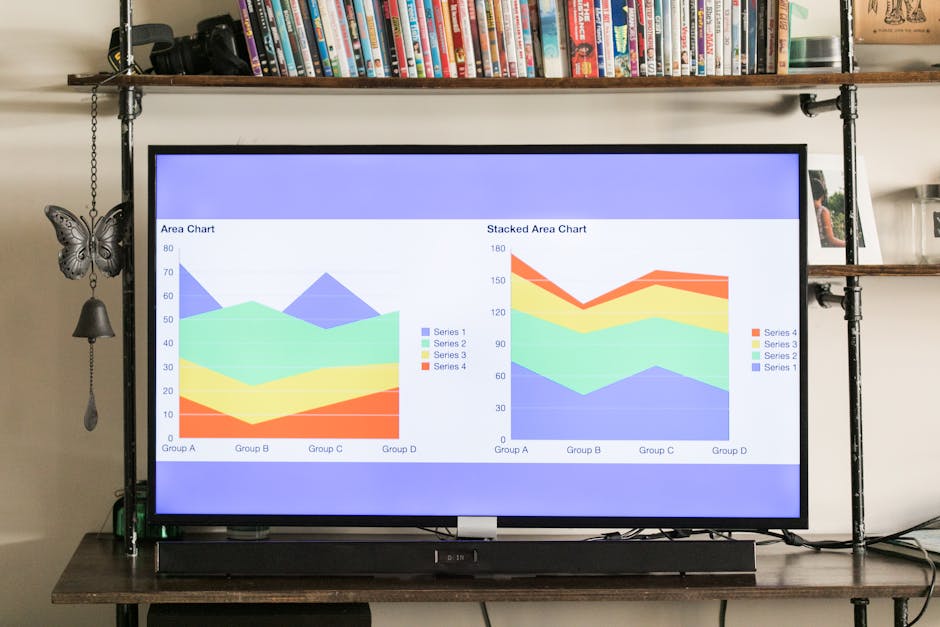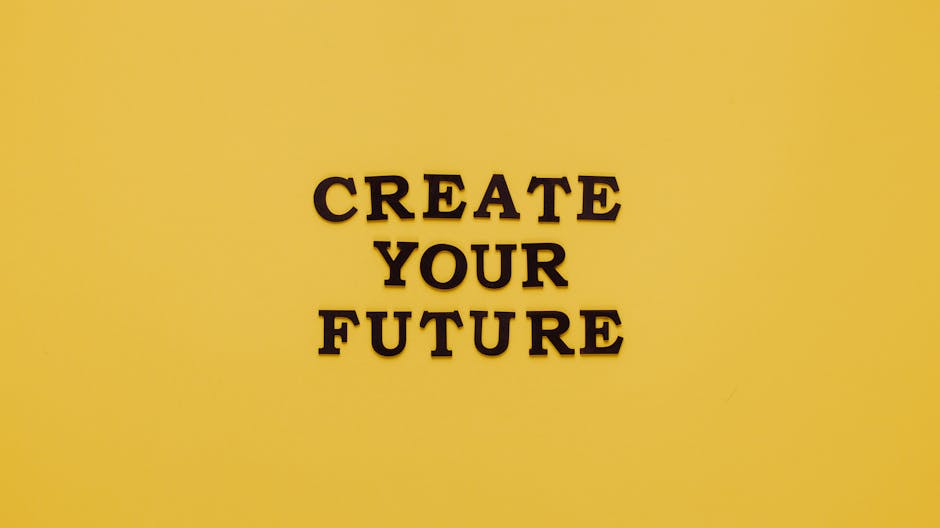The Empathy Resume: Craft Your Narrative to Win Employers' Hearts
In today’s job market, an emotional connection can be just as important as technical skills. Welcome to the era of the empathy resume—the tool that not only lists your qualifications but tells your story in a way that resonates with prospective employers. As workplaces increasingly prioritize emotional intelligence and soft skills, crafting a compelling narrative that showcases these traits can significantly elevate your job application. Let’s dive into how to create a resume that not only highlights your professional experiences but also communicates your unique human qualities.
Understanding the Empathy Resume

At its core, an empathy resume is more than just a list of accomplishments; it's a narrative that explores your emotional intelligence, adaptability, and interpersonal skills. This approach helps employers gauge how you would fit within their organizational culture and interact with their team.
Why Emotional Intelligence Matters

Emotional intelligence (EI) refers to the ability to understand and manage both your own emotions and those of others. Employers today recognize that technical skills can be taught, but emotional intelligence is often innate or requires nuanced soft skills that cannot easily be developed. According to the Harvard Business Review, a high emotional intelligence can lead to better job performance and stronger teamwork, making it a highly coveted trait in candidates.
Transforming Your Experiences into Emotional Narratives

To create an empathy resume, begin by identifying key experiences from your career that highlight your emotional intelligence:
-
Difficult Situations and Conflict Resolution: Describe a time when you faced a challenge that required you to collaborate effectively or resolve a difficult conflict. Use this to illustrate your problem-solving and interpersonal skills.
-
Team Dynamics and Collaboration: Discuss your experiences working in teams. What role did you play? How did you foster collaboration? Highlighting your ability to communicate with others effectively is crucial for showing your emotional sensitivity and competence.
-
Feedback and Adaptability: Share instances where you positively accepted feedback and adjusted your approach. This demonstrates humility and a willingness to grow, qualities that resonate with employers.
Crafting the Right Language

When writing your empathy resume, the language you use is vital. Instead of generic descriptors, opt for emotionally-charged verbs that convey a sense of connection:
- Instead of saying you “led a team,” explain how you “inspired a diverse team to achieve a common goal.”
- Shift from “managed a project” to “guided a project, encouraging collaboration and optimism among team members.”
You’re not just listing tasks; you're painting a picture of how you interact and empathize with those around you.
Highlighting Soft Skills Effectively

Here are some key soft skills to integrate into your empathy resume:
- Adaptability: Showcase instances where you adapted to change efficiently, demonstrating your resilience in face of challenges.
- Communication: Provide examples where effective communication led to improved team dynamics or client relationships.
- Leadership: Emphasize inclusive leadership experiences where you empowered team members rather than merely directing them.
To elevate your understanding of how emotional intelligence can be expressed through storytelling, check out our article on mastering storytelling in resumes.
Creating a Visual Impact with Your Narrative

Employers today often sift through numerous applications, so the layout of your empathy resume should be appealing as well as informative. Use clear headings and concise paragraphs to enhance readability.
Using Infographics and Charts

Consider supplementing your narrative with infographics or charts that depict your skills or achievements visually. This not only adds a unique touch but also engages employers quickly—an important factor in our fast-paced job market. For visuals that can enhance your storytelling, refer to using color psychology in resumes.
Tailoring Your Resume for Different Roles

Every job opportunity is unique, and so should be your empathy resume. Tailor your narrative to each position by:
-
Researching the Company Culture: Understand the values and emotional climate of the organization. Is collaboration key? Do they value innovation? Use this knowledge to emphasize the relevant experiences that align with their culture.
-
Aligning With Job Descriptions: Use keywords from the job description to tailor your language. For example, if the job emphasizes collaboration, mention your teamwork experiences explicitly.
The Role of Keywords in Context

While it’s essential to highlight emotional intelligence, integrating relevant keywords based on job descriptions can also improve visibility in applicant tracking systems (ATS). Make sure you combine emotional aspects with industry terminologies to strike the right balance.
The Future of Job Applications: AI and Emotional Intelligence

As technology continues to shape job applications, the role of artificial intelligence (AI) in evaluating resumes becomes increasingly significant. While AI can assess technical skills and qualifications, it cannot evaluate emotional intelligence as effectively.
Future-Proofing Your Resume

To ensure your empathy resume remains relevant, consider visiting our insightful resource on optimizing resumes for AI reviewers. This way, you can effectively blend both human and machine requirements in your job applications.
Next Steps: Building Your Empathy Resume

Crafting an empathy resume is not an overnight task; it requires reflection, creativity, and careful attention to detail. Here are actionable steps to get started:
-
Self-Reflection: Take time to reflect on your experiences. What moments made you feel challenged or proud?
-
Drafting Your Narrative: Write down your experiences in a narrative format, focusing on emotional impact rather than just tasks or qualifications.
-
Soliciting Feedback: Ask trusted colleagues or mentors to review your resume. They can provide insights on how effectively your emotional narrative comes across.
-
Continuous Iteration: Your empathy resume should evolve over time. Continue to integrate new experiences, skills, and feedback into your document regularly.
Final Thoughts
The empathy resume represents a paradigm shift in how we approach job applications. By crafting a narrative that resonates with potential employers, job seekers can stand out in an increasingly competitive marketplace. Remember, it’s not just about landing an interview—it’s about connecting with recruiters and demonstrating how your unique experiences and emotional intelligence make you the best fit for their organization. Start building your empathy resume today and watch your career prospects flourish!

